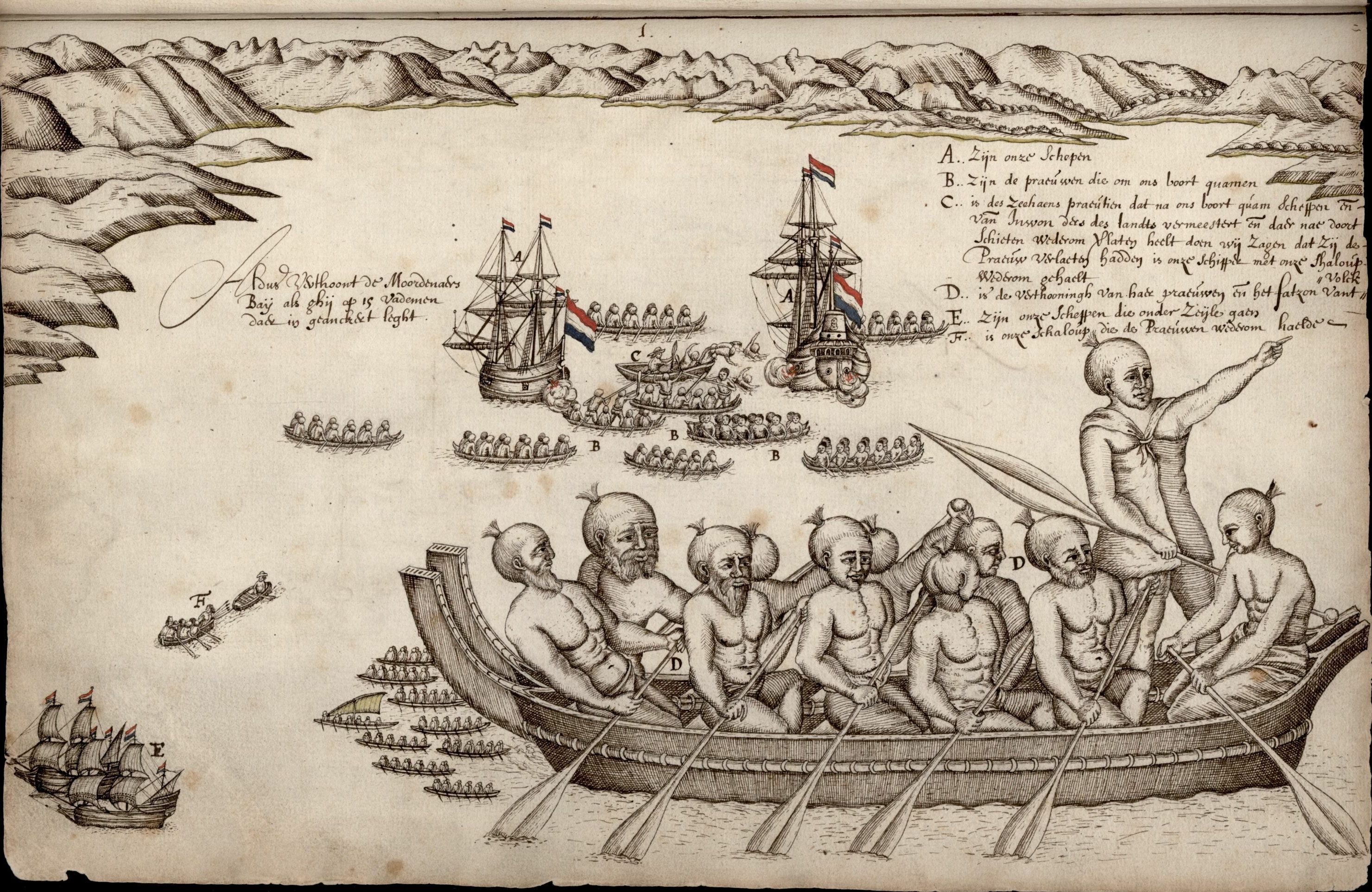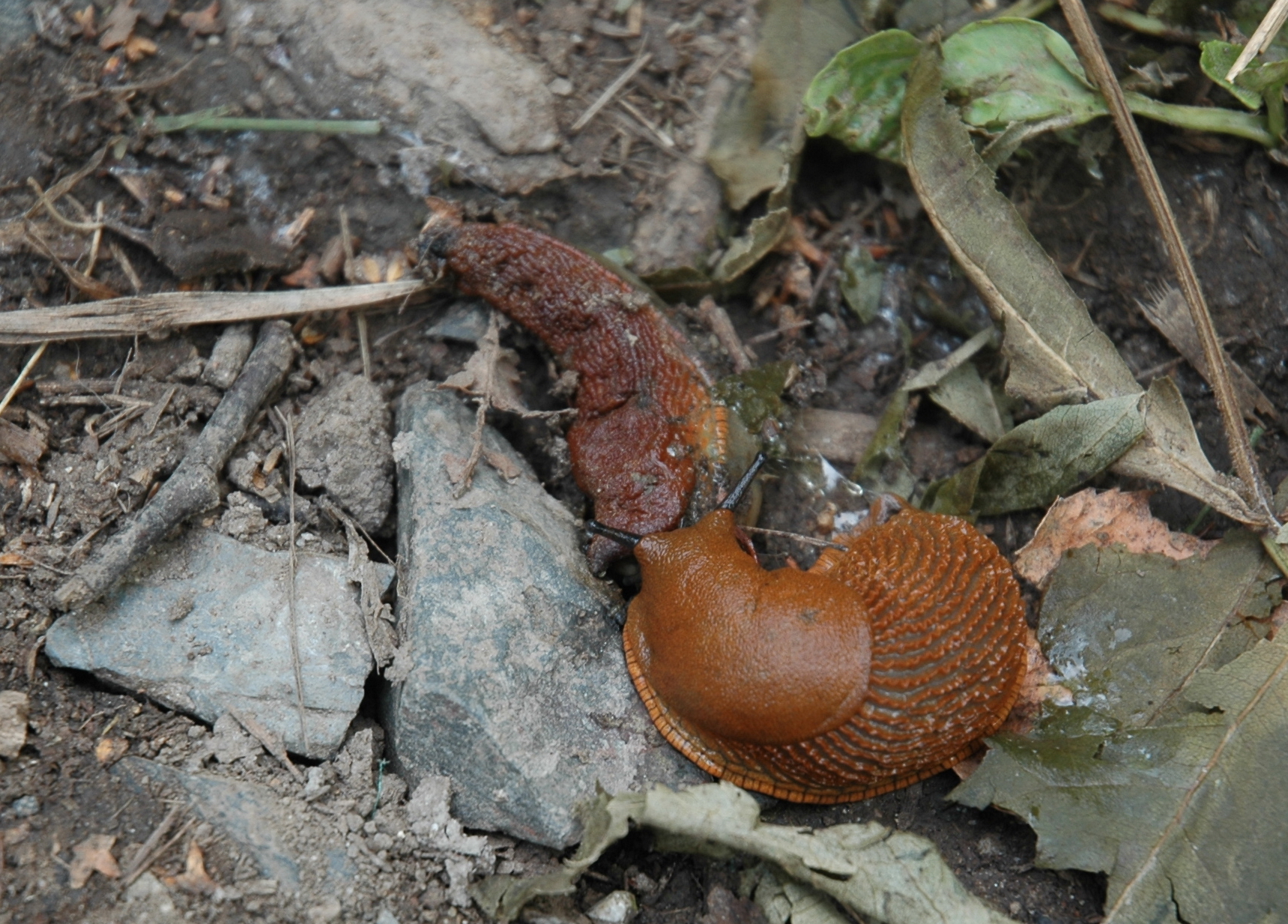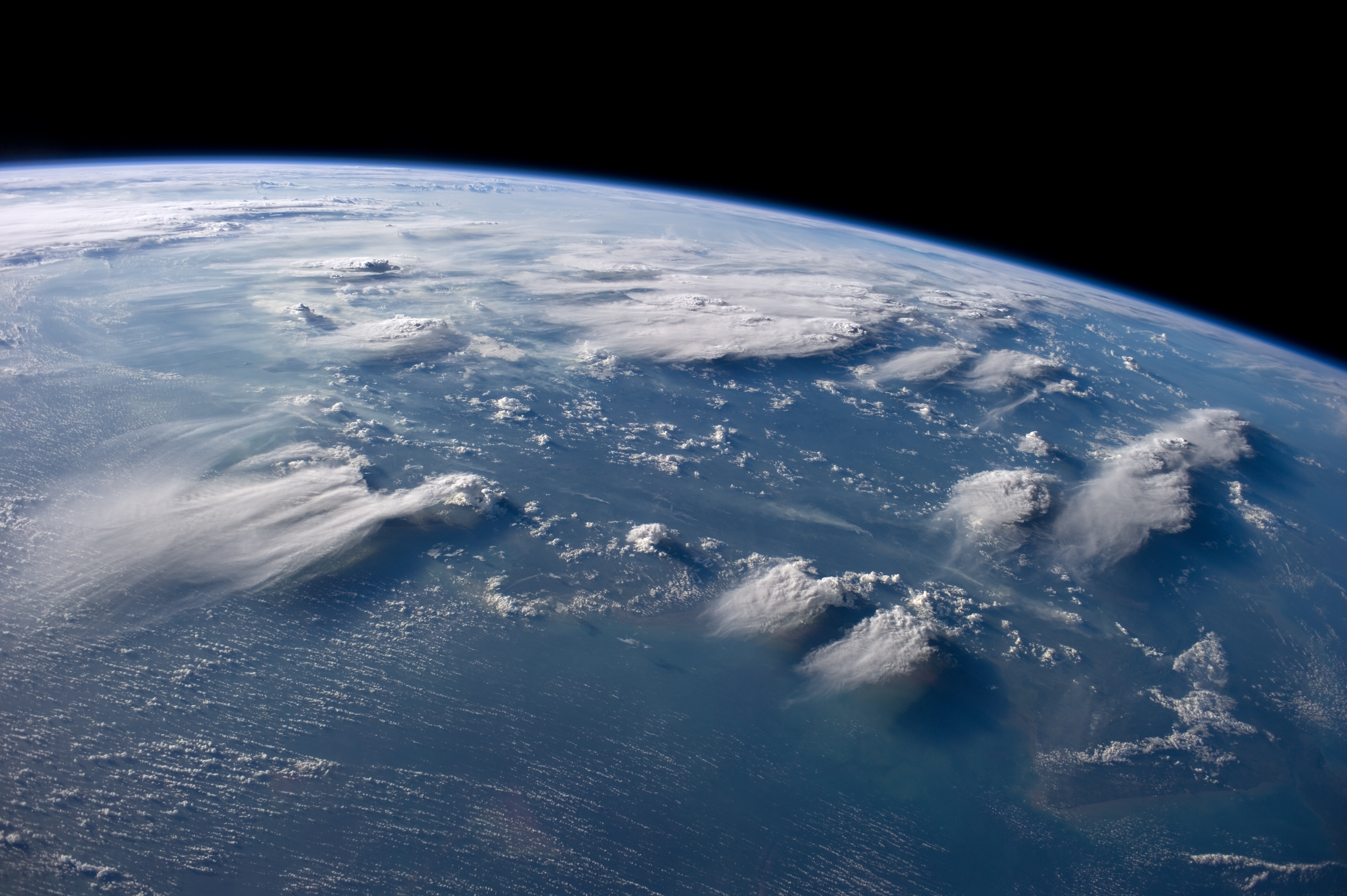|
Kaitangata (mythology)
In Māori mythology, Kaitangata is either a mortal son of Māui (Māori mythology), Māui, or a son of star-god Rehua. Kaitangata, the son of Māui, is an industrious man who married the female supernatural being Whaitiri. Due to his name, Kaitangata means man-eater, Whaitiri believed him to be a cannibal as she was. However this proved to be incorrect and she eventually left him because he offended her. Before she returned to heaven as a cloud, she taught Kaitangata how to fish. With Whaitiri, he was the father of Hemā (mythology), Hemā. References * B.G. Biggs, 'Maori Myths and Traditions' in Alexander Hare McLintock, A. H. McLintock (editor), ''Encyclopaedia of New Zealand'', 3 Volumes. (Government Printer: Wellington), 1966, II:447-454. * A.W. Reed, ''Treasury of Maori Folklore'' (A.H. & A.W. Reed:Wellington), 1963. Māori mythology Legendary Māori people {{Māori-myth-stub ... [...More Info...] [...Related Items...] OR: [Wikipedia] [Google] [Baidu] |
Māui (Māori Mythology)
In Māori mythology, as in other Polynesian traditions, Māui is a culture hero and a trickster, famous for his exploits and cleverness. He possessed superhuman strength, and was capable of shapeshifting into animals such as birds and worms. He was born premature and cast into the ocean by his mother, where the waves formed him into a living baby. He was discovered by his grandfather and later went to live with his siblings. One day he followed his mother to the underworld where he met his father, Makeatutara, who baptised Māui incorrectly. As a punishment from the gods for this mishap, Māui and all of humanity were doomed to die. Māui is credited with catching a giant fish using a fishhook taken from his grandmother's jaw-bone; the giant fish would become the North Island of New Zealand, known as . In some traditions, his canoe () became the South Island, known as . His last trick, which led to his death, involved the goddess Hine-nui-te-pō. While attempting to win im ... [...More Info...] [...Related Items...] OR: [Wikipedia] [Google] [Baidu] |
Rehua
In Māori mythology, Rehua is a very sacred personage, who lives in Te Putahi-nui-o-Rehua in Rangi-tuarea, the tenth and highest of the heavens in some versions of Māori lore. Rehua is identified with certain stars. To the Tūhoe people of the North Island he is Antares. Others say he is Betelgeuse, or Sirius. Because he lives in the highest of the skies, Rehua is untouched by death, and has power to cure blindness, revive the dead, and heal any disease (Orbell 1998:119-120). He is a son of Rangi and Papa, and the father of Kaitangata, as well as the ancestor of Māui (Tregear 1891:381). A Ngāi Tahu legend from the South Island speaks of Rehua as the eldest son of Rangi and Papa, who first manifested as lightning, but assumed human shape when he travelled into the skies. Later his brother Tāne went to pay him a visit, Rehua had birds in his hair, feeding on his lice. Rehua had his servants cook and prepare the birds as a meal for Tāne, who was shocked and declined to eat th ... [...More Info...] [...Related Items...] OR: [Wikipedia] [Google] [Baidu] |
Hemā (mythology)
Hemā is a figure in both Hawaiian and Maori mythology. Māori In Māori people, Māori Polynesian narrative, mythology, Hema is a son of Whaitiri and Kaitangata (mythology), Kaitangata and the father of Tāwhaki and Karihi. In North Island stories, he was killed by the Ponaturi, evil creatures who live by day in the water. Tāwhaki, Karihi and their mother trick the Ponaturi into entering a house, and then locked them in, claiming there was still time before the dawn. They then opened the door after sunrise, and the Ponaturi were killed by the exposure to sunlight (Tregear 1891:61, 496). The only survivor (in one account) was Tongahiti, Tonga-Hiti and in another account Flathead grey mullet, kanae, the grey mullet. Hawaii In Hawaiian religion, Hawaiian mythology, Hemā and his brother Puna are sons of the man named Aikanaka (mythology), Aikanaka by his consort, Hina (chiefess), Hinahanaiakamalama — often simply called Hina. His son was Kaha'i. Hina is disgusted by her children's ... [...More Info...] [...Related Items...] OR: [Wikipedia] [Google] [Baidu] |
New Zealand
New Zealand ( mi, Aotearoa ) is an island country in the southwestern Pacific Ocean. It consists of two main landmasses—the North Island () and the South Island ()—and over 700 List of islands of New Zealand, smaller islands. It is the List of island countries, sixth-largest island country by area, covering . New Zealand is about east of Australia across the Tasman Sea and south of the islands of New Caledonia, Fiji, and Tonga. The country's varied topography and sharp mountain peaks, including the Southern Alps, owe much to tectonic uplift and volcanic eruptions. New Zealand's Capital of New Zealand, capital city is Wellington, and its most populous city is Auckland. The islands of New Zealand were the last large habitable land to be settled by humans. Between about 1280 and 1350, Polynesians began to settle in the islands and then developed a distinctive Māori culture. In 1642, the Dutch explorer Abel Tasman became the first European to sight and record New Zealand. ... [...More Info...] [...Related Items...] OR: [Wikipedia] [Google] [Baidu] |
Māori People
The Māori (, ) are the indigenous Polynesian people of mainland New Zealand (). Māori originated with settlers from East Polynesia, who arrived in New Zealand in several waves of canoe voyages between roughly 1320 and 1350. Over several centuries in isolation, these settlers developed their own distinctive culture, whose language, mythology, crafts, and performing arts evolved independently from those of other eastern Polynesian cultures. Some early Māori moved to the Chatham Islands, where their descendants became New Zealand's other indigenous Polynesian ethnic group, the Moriori. Initial contact between Māori and Europeans, starting in the 18th century, ranged from beneficial trade to lethal violence; Māori actively adopted many technologies from the newcomers. With the signing of the Treaty of Waitangi in 1840, the two cultures coexisted for a generation. Rising tensions over disputed land sales led to conflict in the 1860s, and massive land confiscations, to ... [...More Info...] [...Related Items...] OR: [Wikipedia] [Google] [Baidu] |
Māori Mythology
Māori mythology and Māori traditions are two major categories into which the remote oral history of New Zealand's Māori may be divided. Māori myths concern fantastic tales relating to the origins of what was the observable world for the pre-European Māori, often involving gods and demigods. Māori tradition concerns more folkloric legends often involving historical or semi-historical forebears. Both categories merge in to explain the overall origin of the Māori and their connections to the world which they lived in. Māori had yet to invent a writing system before European contact, beginning in 1769, so they had no method to permanently record their histories, traditions, or mythologies. They relied on oral retellings memorised from generation to generation. The three forms of expression prominent in Māori and Polynesian oral literature are genealogical recital, poetry, and narrative prose. Experts in these subjects were broadly known as . The rituals, beliefs, and ... [...More Info...] [...Related Items...] OR: [Wikipedia] [Google] [Baidu] |
Star
A star is an astronomical object comprising a luminous spheroid of plasma held together by its gravity. The nearest star to Earth is the Sun. Many other stars are visible to the naked eye at night, but their immense distances from Earth make them appear as fixed points of light. The most prominent stars have been categorised into constellations and asterisms, and many of the brightest stars have proper names. Astronomers have assembled star catalogues that identify the known stars and provide standardized stellar designations. The observable universe contains an estimated to stars. Only about 4,000 of these stars are visible to the naked eye, all within the Milky Way galaxy. A star's life begins with the gravitational collapse of a gaseous nebula of material composed primarily of hydrogen, along with helium and trace amounts of heavier elements. Its total mass is the main factor determining its evolution and eventual fate. A star shines for most of its active life due t ... [...More Info...] [...Related Items...] OR: [Wikipedia] [Google] [Baidu] |
Whaitiri
Whaitiri is a female atua and personification of thunder in Māori mythology. She is the grandmother of Tāwhaki and Karihi. Whaitiri is the granddaughter of Te Kanapu, son of Te Uira, both of whom are personified forms of lightning (Reed 1963:158). Another more primary atua of thunder, a male, is Tāwhirimātea. Marries Kaitangata Whaitiri is a fearsome figure, fond of cannibalism. When she hears of a mortal named Kaitangata (man-eater), she is certain he will make a fine husband for her. She comes down to earth and marries him, but is disappointed to learn that he is a gentle person, nothing like his name suggests. Whaitiri kills her favourite slave, Anonokia, takes out her heart and liver, and offers them to Kaitangata as a sign of her affection. He is horrified at the grisly offering (Reed 1963:158-159). Kaitangata is a hard worker, spending a lot of time fishing to feed his family. Unfortunately, he has never learned how to make hooks with a barb, and so most of his f ... [...More Info...] [...Related Items...] OR: [Wikipedia] [Google] [Baidu] |
Cannibal
Cannibalism is the act of consuming another individual of the same species as food. Cannibalism is a common ecological interaction in the animal kingdom and has been recorded in more than 1,500 species. Human cannibalism is well documented, both in ancient and in recent times. The rate of cannibalism increases in nutritionally poor environments as individuals turn to members of their own species as an additional food source.Elgar, M.A. & Crespi, B.J. (1992) ''Cannibalism: ecology and evolution among diverse taxa'', Oxford University Press, Oxford ngland New York. Cannibalism regulates population numbers, whereby resources such as food, shelter and territory become more readily available with the decrease of potential competition. Although it may benefit the individual, it has been shown that the presence of cannibalism decreases the expected survival rate of the whole population and increases the risk of consuming a relative. Other negative effects may include the increased r ... [...More Info...] [...Related Items...] OR: [Wikipedia] [Google] [Baidu] |
Cloud
In meteorology, a cloud is an aerosol consisting of a visible mass of miniature liquid droplets, frozen crystals, or other particles suspended in the atmosphere of a planetary body or similar space. Water or various other chemicals may compose the droplets and crystals. On Earth, clouds are formed as a result of saturation of the air when it is cooled to its dew point, or when it gains sufficient moisture (usually in the form of water vapor) from an adjacent source to raise the dew point to the ambient temperature. They are seen in the Earth's homosphere, which includes the troposphere, stratosphere, and mesosphere. Nephology is the science of clouds, which is undertaken in the cloud physics branch of meteorology. There are two methods of naming clouds in their respective layers of the homosphere, Latin and common name. Genus types in the troposphere, the atmospheric layer closest to Earth's surface, have Latin names because of the universal adoption of L ... [...More Info...] [...Related Items...] OR: [Wikipedia] [Google] [Baidu] |
Fish
Fish are aquatic, craniate, gill-bearing animals that lack limbs with digits. Included in this definition are the living hagfish, lampreys, and cartilaginous and bony fish as well as various extinct related groups. Approximately 95% of living fish species are ray-finned fish, belonging to the class Actinopterygii, with around 99% of those being teleosts. The earliest organisms that can be classified as fish were soft-bodied chordates that first appeared during the Cambrian period. Although they lacked a true spine, they possessed notochords which allowed them to be more agile than their invertebrate counterparts. Fish would continue to evolve through the Paleozoic era, diversifying into a wide variety of forms. Many fish of the Paleozoic developed external armor that protected them from predators. The first fish with jaws appeared in the Silurian period, after which many (such as sharks) became formidable marine predators rather than just the prey of arthrop ... [...More Info...] [...Related Items...] OR: [Wikipedia] [Google] [Baidu] |
Alexander Hare McLintock
Alexander Hare McLintock (14 April 1903 – 29 May 1968) was a New Zealand teacher, university lecturer, historian and artist. He edited and authored the three-volume '' Encyclopaedia of New Zealand'', published in 1966, his final and perhaps his most remembered work. Early life Born in Gore, New Zealand, on 14 April 1903, Alexander Hare McLintock was the son of a Scotsman, Robert McLintock, an engineer by trade, and his wife Christina . He attended Caversham School in Dunedin and then Otago Boys' High School. After completing his education, he decided to become a teacher and went to Dunedin Teachers' Training College. He then worked for several years at a primary school while studying history at the University of Otago. Academia McLintock became well known as a debater while at the University of Otago, representing the university at competitions overseas. He became a proficient speed reader and developed wide interests, including classics and the piano. As well as attendin ... [...More Info...] [...Related Items...] OR: [Wikipedia] [Google] [Baidu] |




